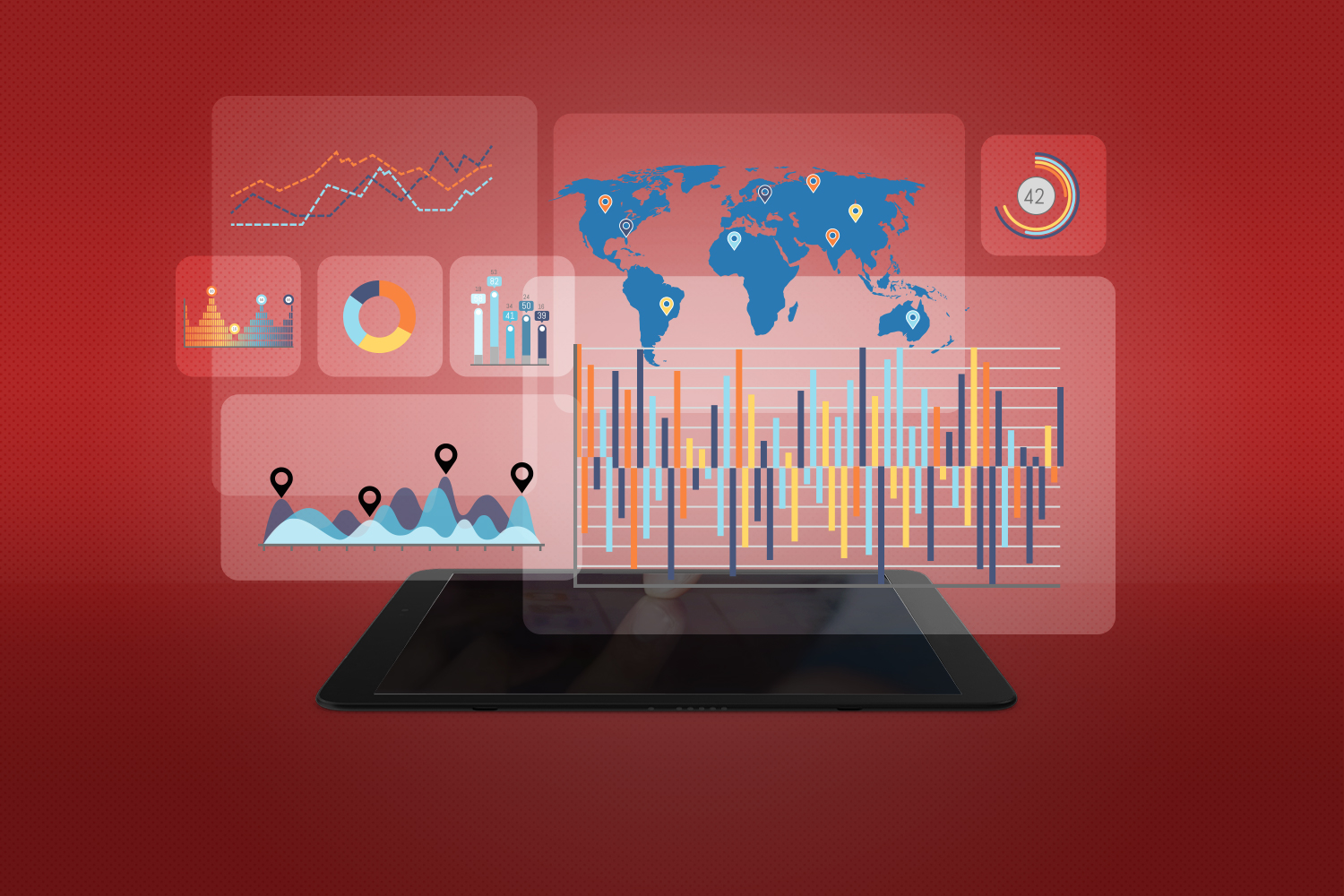Visualizing information can seem like an easy fix for any piece of content: simply add an image to the copy and voilà, your job is done. And while it is possible to think in those simple terms, it takes more strategy and depth to visualize data in a way that really draws the reader’s eye, helps them process your information quickly, and keeps them wanting to learn more.
Thinking about what type of data to visualize or leave as text, and how to visualize, takes into considerations these questions:
- How much time does a user have to look at the information?
- What is the value in adding a chart, icon or other visual?
- How complex is the information/can it be simplified?
- How can the data best be portrayed to keep the viewer interested?
- What type of visual will best lead the eye to important parts?
These needs and values can vary depending on who your audience is and how summarized or detailed they need the data set to be. For example, one of the sections below features information for medical professionals, and the other for pet owners. Veterinarians may need, and be interested in, a more detailed chart, whereas a pet owner would digest the same information in a much simpler graphic. Here are a few examples of visualizing data:
Infographics
This is the most simple way to visualize. While some infographics are used simply to keep interest on a page, they can be formed in a way to quickly visualize numbers, or a change in data. This is a great tool when larger graphs or other ways will not fit.

It is also possible to add branding to an infographic. This example gives the audience a quick visual of the number highlighted, while at the same time using branded graphics and design to make a deeper impression.

Simple Visuals
Taking infographics to a step above, visuals can be created to share small amounts of data or facts in a way that is easily digestible. Many times these visuals can be accompanied by the fact within text, giving audiences two ways to remember the information.

Color Coding & Imagery
For large amounts of data, visualizing with colors and recognizable imagery can help people sort complicated information in a faster way. This chart was used to convey a long-term schedule with multiple data points, using colors and icons that could be quickly recognized and cross-referenced to other areas within the website, and product labels, to reiterate importance.

Interactive
Motion or user-led interaction can simplify or complicate your data, and a good strategy should be in place anytime this type is chosen. When used properly, interactive visuals can keep users fixed on a certain data point for longer than with a static image. This can also help with data recall and other positive communication points. Even though creating these visuals may be more complicated, the end result should feel simple and user-friendly.
In the example below the date slider at the bottom allows users to see Dog Flu grow within states in a simple way, whereas plotting every case with a dot would have overwhelmed the visual with large clusters, and the point of the visual would have been lost.

When choosing visuals to use, keep in mind all of the options and your audience needs. There isn’t a one-size-fits-all way to visualize. Especially in cases where large amounts of data are included, mixing types can help keep the reader interested. Even text callouts can be just as useful in highlighting data, and may be exactly what the audience needs.
